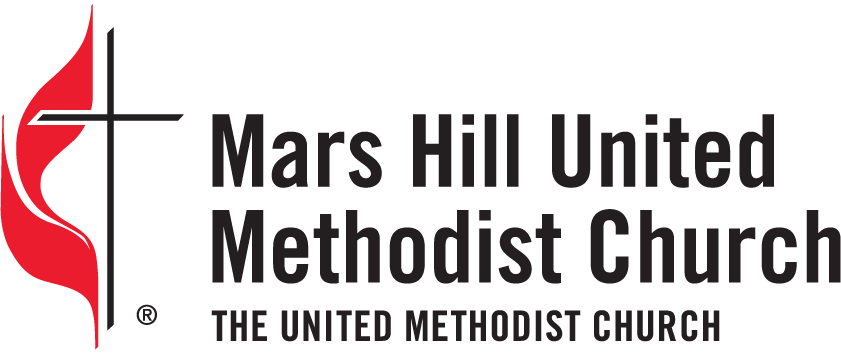Appalachian Barn Alliance to Highlight July 12 Meeting
The July United Methodist Women’s meeting (also known as Women United in Faith) will feature Taylor Barnhill from the Appalachian Barn Alliance.
The group will meet Tuesday, July 12 at 1 pm at the church. ALL are welcome to participate.
About Taylor Barnhill
Taylor Barnhill, is the Appalachian Barn Alliance’s Lead Researcher.
Barnhill grew up in the NC Piedmont and spent most summers of his childhood working on an uncle’s tobacco farm and quickly learned that rural culture was in his blood. After completing an architectural degree and graduate studies in regional planning in 1974, his work brought him to Madison County as a consulting architect for the Hot Springs Health Program. Like so many people who visit Madison County, he fell in love with the mountains and the people, bought a farm, and set about absorbing all aspects of Appalachian history, culture, and natural history. Throughout that quest he came to recognize that the barns were the iconic heart of the family farm and its noble mountain lifestyle of self-reliance and resiliency. He now works to understand the creative minds of those barn builders who are now long gone. Click on a 3-minute video in which Taylor describes his passion for barn architecture. (Wake Forest University film department grad student project)
The Project’s Background
The Southern Appalachian style barn is an iconic symbol of the ingenuity of those hard-working landowners who carved out their existence in this rugged landscape. Its Mission: to preserve the rural heritage of Madison County and surrounding areas through the documentation of the historical barn building traditions and the barns they represent for future generations.
Madison County, North Carolina, (just north of Asheville) has a rich agricultural history. The county’s place in the production of burley tobacco is well known, but there are other ways to explore and record our agricultural & cultural history. One of the most interesting ways to do this is to tell the stories of the barns and outbuildings scattered throughout the county. Learn more about the beginning of the organization and the people who are working to save this history.

